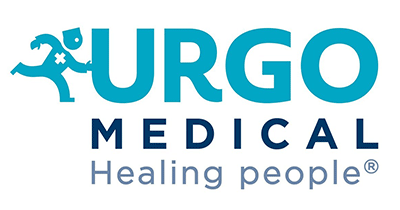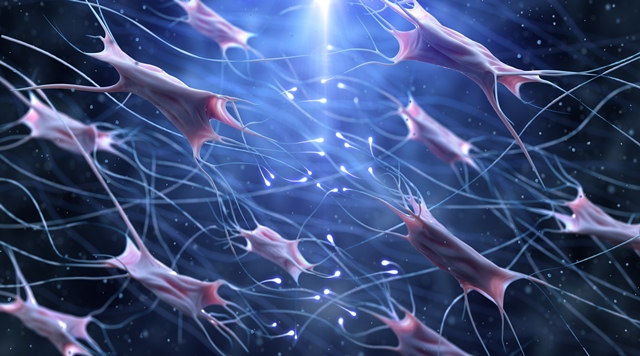Acute wounds and chronic wounds have different healing times. Acute wounds heal faster in around 2 to 4 weeks. Some examples of acute wounds include burns, cuts and scratches. Chronic wounds take longer to heal with the average healing time being 210 days or almost 7 months1. Chronic wounds include ulcers and are often related to an underlying medical conditions such as diabetes and vascular disease which need to be treated at the same time.
The normal wound healing stages include:
The 3 healing phases:
1. The inflammatory stage
After a wound occurs blood vessels at the site constrict (tighten) to prevent blood loss and platelets (special clotting cells) gather to build a clot. Blood vessels expand to allow maximum blood flow to the wound. White blood cells flood the area to destroy microbes and other foreign bodies. Skin cells multiply and grow across the wound.
2. The budding phase
The repair process continues. Collagen, the protein fibre that gives skin its strength starts to grow within the wound. The growth of collagen encourages the edges of the wound to shrink together and close. Small blood vessels (capillaries) forn at the site to service the new skin with blood. This skin appears red and shiny.
3. The maturation stage
Gradually the body adds more collagen and and finally closes. The new skin appears pinkish and thin. This scar often stays lighter than the skin around but scars tend to fade over time. We must take care of wounds for some time after they have healed. For the first weeks following healing , the new epidermis should not be exposed to the sun at all.
DID YOU KNOW? Scars, fans of moisturisation
After the long process of reconstruction, the skin deserves to be spoiled a little. Keeping it out of the sun (SPF 50 at all times), scars like being moisturised. Daily application of a moisturising cream nourishes the skin and “relaxes” the scar. No need to press too hard. A repeated, light, circular movement until the cream is absorbed is enough to be able to get the beneficial effects.


